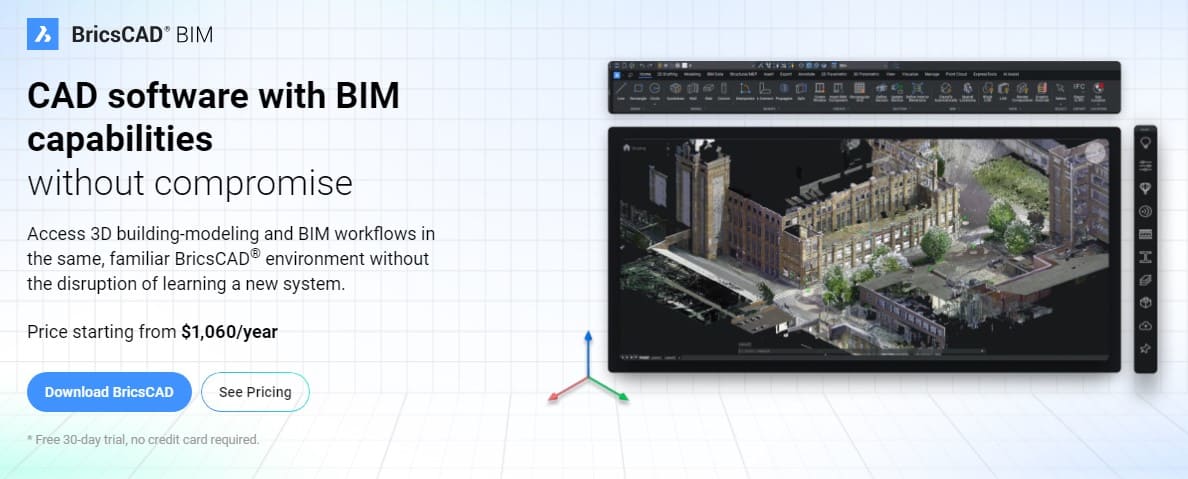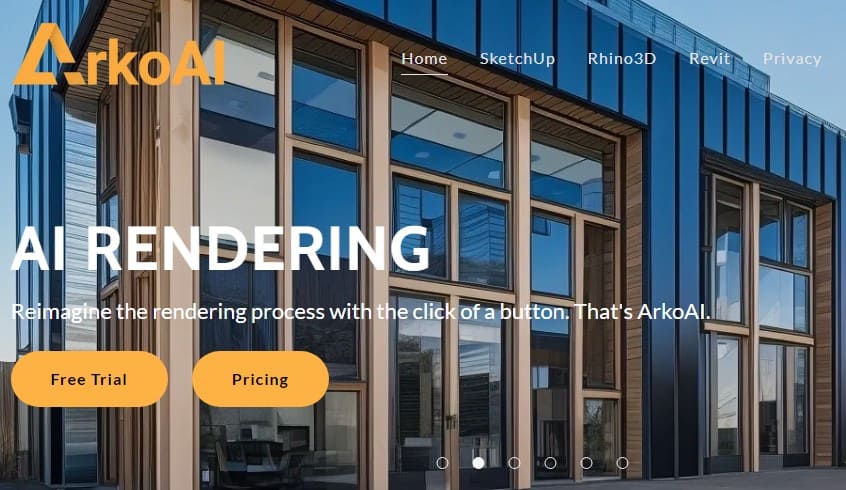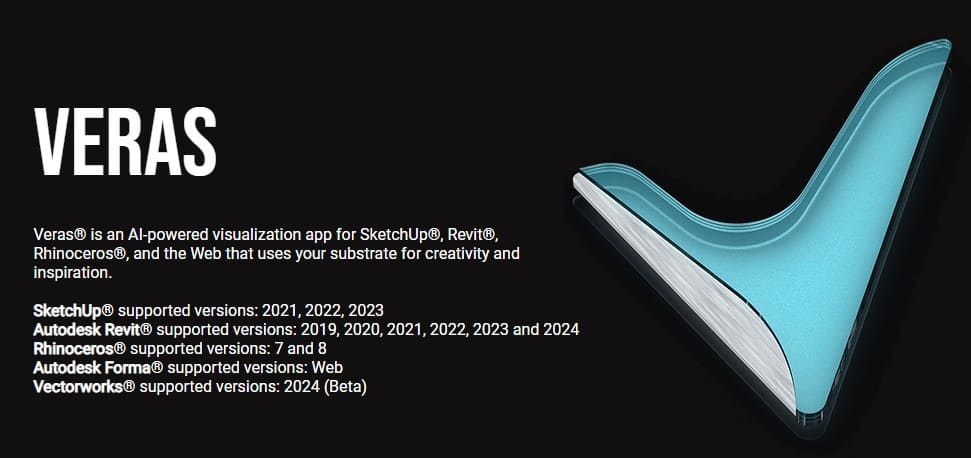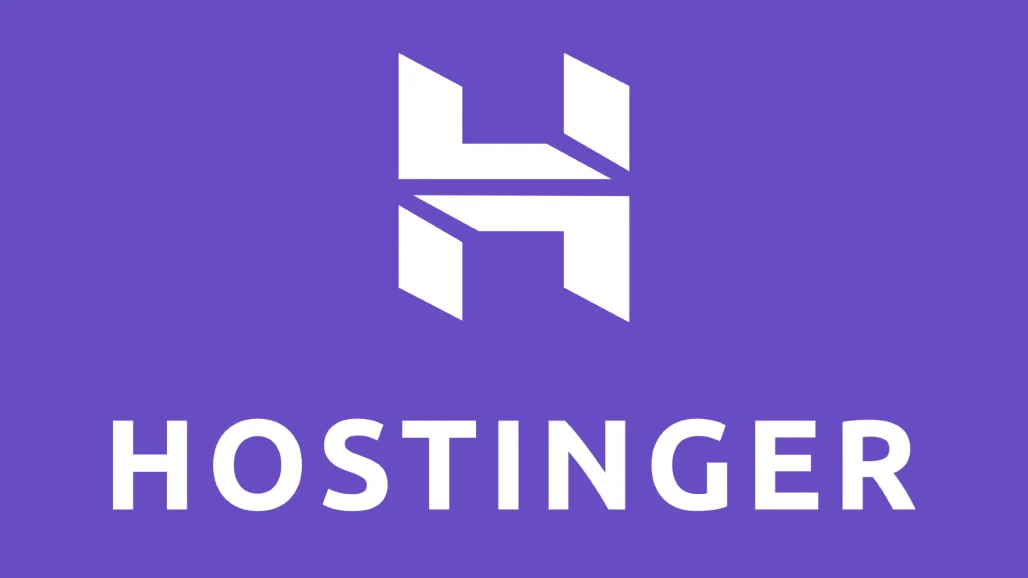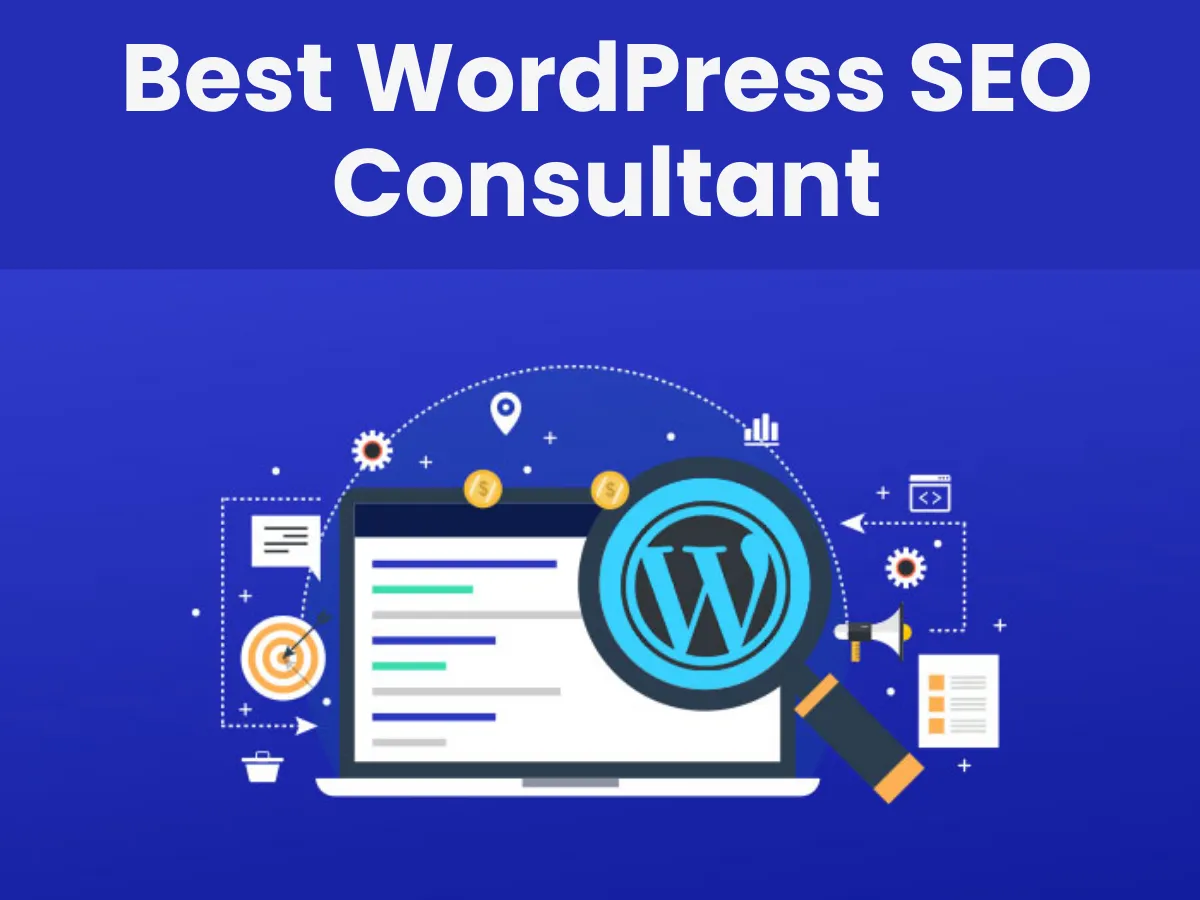AI Tools For Urban Planning are becoming increasingly crucial as urban landscapes worldwide face mounting population pressure. The planning of future cities has become more complex than ever before. These AI-powered tools are at the forefront of innovation, revolutionizing the way we envision, design, and manage urban spaces.
Urban planners, architects, 3D designers, and engineers now rely on cutting-edge AI technologies to create smarter, more sustainable cities that cater to the needs of inhabitants while respecting environmental constraints. Below, you will find a curated list of the top 10 AI tools that every modern urban planning professional should consider integrating into their workflow.
What is Generative AI for Urban Planning?
Generative AI for urban planning involves the use of artificial intelligence (AI) techniques, particularly generative models, to assist in the design, analysis, and optimization of urban spaces. Generative AI refers to AI systems that can generate new content, such as images, text, or in this case, urban plans. This technology leverages algorithms and data to create alternative scenarios for urban development, helping planners and policymakers make more informed decisions.
Key aspects of generative AI for urban planning include:
1. Scenario Generation:
Generative AI can create multiple scenarios for urban development based on various input parameters. Planners can explore different combinations of land use, transportation systems, green spaces, and other factors to understand the potential impacts of different design choices.
2. Optimization:
Generative algorithms can optimize urban plans based on specified objectives and constraints. This could include maximizing green space, minimizing traffic congestion, or optimizing energy efficiency in buildings.
3. Data Integration:
Generative AI models often leverage a wealth of data, including geographic information system (GIS) data, demographic information, environmental data, and more. Integrating this data allows for more realistic and data-driven urban planning decisions.
4. Simulation and Visualization:
AI-generated urban plans can be simulated and visualized to provide stakeholders with a clear understanding of how the proposed developments will impact the urban environment. This can include visualizing traffic flow, energy consumption, and the overall aesthetic of the area.
5. Collaborative Planning:
Generative AI can facilitate collaboration among various stakeholders by providing a platform for them to interact with and contribute to the planning process. This collaborative approach can lead to more inclusive and comprehensive urban development.
6. Responsive Planning:
Generative AI can adapt to changes and evolving circumstances. For example, it can analyze and adjust urban plans based on real-time data, ensuring that the city’s development remains responsive to current needs and challenges.
10 Best AI Tools for Urban Planning in 2024
1. Urbanistai

Overview
Urbanistai is a cloud-based platform designed to enhance the quality of urban design through AI. The tool leverages a proprietary algorithm to help planners optimize urban layouts and understand the implications of their choices in real-time.
Key Features:
- Generative design algorithms for urban modeling
- Scenario planning and resiliency assessment
- 3D visualization for public and professional engagement
Pros:
- Fosters community engagement with immersive 3D visualizations
- Assists in developing resilient urban strategies
- Offers a scalable solution for projects of various sizes
Cons:
- Steeper learning curve for some users due to advanced AI functionality
- Some users may find the initial setup process time-intensive
Pricing:
Pricing is available upon request and is tailored to individual project requirements.
What Users Say:
“I’ve found Urbanistai to be a game-changer for our agency. It helps us simulate and visualize a range of urban development scenarios with unparalleled accuracy and speed.” – Peter, Head Urban Designer
2. UrbanFootprint
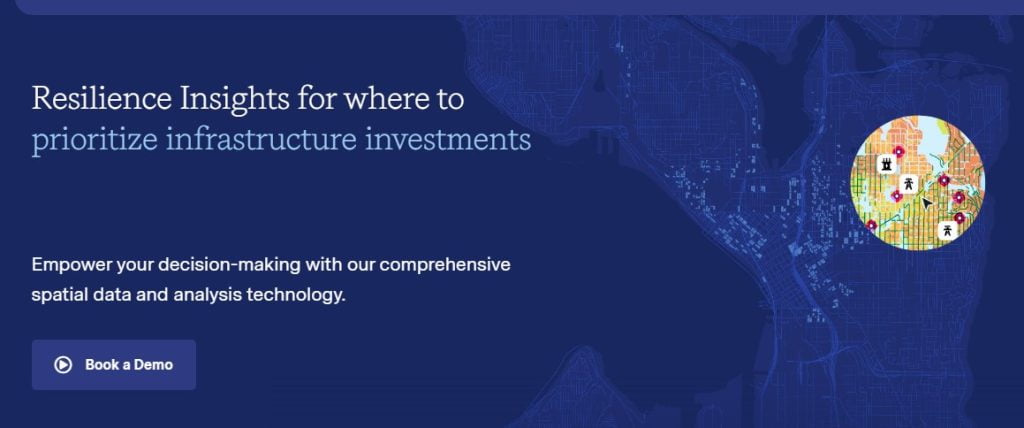
UrbanFootprint is a cloud-based urban planning software that integrates data, analytics, and design tools. Developed by Calthorpe Analytics, it empowers planners to make informed decisions by combining mapping, analysis, and scenario-building in a single platform.
Key Features:
- Data-driven planning with built-in analytics
- Scenario-building for different growth patterns
- Stakeholder engagement through sharing features
- GIS integration for additional spatial analysis
Pros:
- Comprehensive data catalog
- User-friendly interface
- Supports robust collaboration
Cons:
- Limited in-depth custom modeling
- Learning curve for new users with no GIS background
Pricing:
UrbanFootprint is a subscription-based service, and the cost of using the platform may be a factor for some organizations or individuals.
What Users Say:
Here are some user reviews from G2:
- “UrbanFootprint’s power is in its depth of data and pre-built models for planning work that many cities are already trying to implement.”
- “The software is easy to navigate and it’s possible to find great data to analyze and make informed decisions.”
3. Sidewalk Labs
Overview
Sidewalk Labs offers an array of AI-powered tools for urban development. It specializes in creating data-driven solutions to the challenges of growth, development, and management of cityscapes.
Key Features:
- Predictive modeling for future urban ecosystems
- Advanced analytics for understanding urban data
- Integration of smart city technologies into new and existing urban spaces
Pros:
- Remarkable capability for generating and analyzing complex urban data
- User-friendly interface for professionals and public
- Strong focus on integrating community feedback into planning
Cons:
- Some features are still in the experimental phase
- Pricing on the higher end for small consultancy firms
Pricing:
Quote-based, tailored to the scale and needs of the project.
What Users Say:
“Working with Sidewalk Labs has been eye-opening. Their tools provide a level of insight and foresight we never thought possible, which is invaluable for our long-term planning.” – Tom, Director of Urban Development
4. Autodesk FormIt
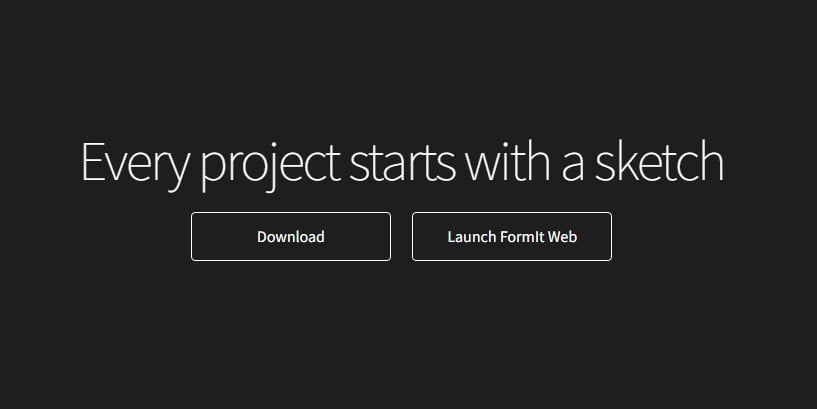
Overview
Autodesk FormIt is a 3D sketching app for early-phase design. It uses generative design processes to optimize designs for cost, energy, and material consumption, among other factors.
Key Features:
- Cloud-based 3D sketching with real-time data visualization and analysis
- Energy performance analysis to inform early design decisions
- Collaboration tools allowing multiple stakeholders to participate in the design process
Pros:
- Extensive design freedom and intelligence
- Early-stage energy analysis makes for more sustainable design choices
- Seamless integration with other Autodesk products for a streamlined workflow
Cons:
- Limited sophistication compared to BIM tools in later stages
- Some features may be redundant if using a full Autodesk suite
Pricing:
FormIt is part of the ‘AEC Collection’ and available on a subscription basis, starting at $2,825/year for a single-user license.
What Users Say:
“Using FormIt, we’ve been able to hone our initial design concepts with remarkable precision, allowing us to create the most effective and sustainable cityscapes possible.” – Rebecca, Sustainable Urban Planner
5. ArkDesign.ai
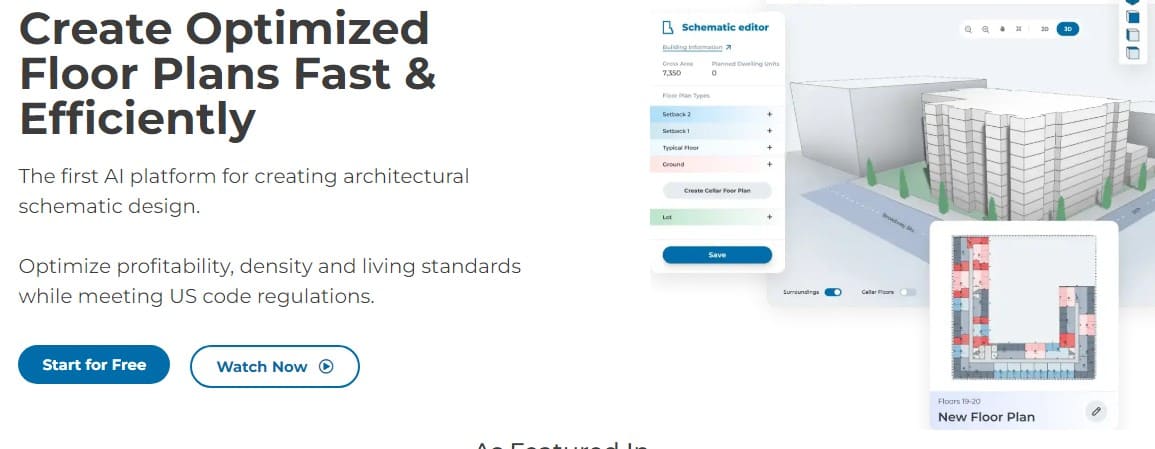
Overview
ArkDesign.ai is a powerful urban design software company, guiding users through a data retrieval and design customization system to create optimal city plans.
Key Features:
- Customizability specific to the historical and cultural context of the area
- Optimizing urban designs based on real-world data and AI
- Interfaces seamlessly with physical mock-ups, saving time and resources
Pros:
- Incorporates cultural and historical elements into modern AI urban design
- Continuous optimization as new relevant data becomes available
- Alleviates the need for manual data retrieval and analysis
Cons:
- Learning curve for the interface can be steep
- Integration with other software can be a challenge
Pricing:
ArkDesign’s custom pricing is project-specific.
What Users Say:
“ArkDesign.ai has not only streamlined our processes but also brought a much-needed balance between traditional city identity and progressive urban planning.” – Elizabeth, City Architect
6. Spacemaker
Overview
Spacemaker AI is a cloud-based AI tool that helps architects, developers, and urban planners maximize the potential of a given site.
Key Features:
- Optimizes urban development while adhering to local regulations
- Features multi-criteria optimization engine
- Intuitive 3D platform for easy manipulation and understanding of data
Pros:
- Efficiently balances multiple constraints and objectives in the design process
- Utilizes machine learning to adapt to individual preferences
- Enhances agility in master planning processes
Cons:
- Steeper learning curve for some users due to advanced AI functionality
- Some users may find the initial setup process time-intensive
Pricing:
Spacemaker AI is available through a subscription-based model with pricing plans tailored to the project scope and requirements.
What Users Say:
“Our team appreciates how Spacemaker’s AI helps us consider every possible design combination effectively and efficiently, saving significant time in urban design projects.” – Derek, Lead Urban Designer
7. BricsCAD BIM
Overview
BricsCAD BIM is a comprehensive Building Information Modeling (BIM) tool enriched with AI and machine learning algorithms for architects and building design professionals.
Key Features:
- Intelligent building modeler with 3D and 2D drafting
- Advanced engineering analysis for structural and MEP elements
- BIM-based energy analysis for sustainable building design
Pros:
- Offers a familiar and intuitive user interface
- Combines BIM and AI for more accurate and efficient design
- Priced competitively against industry-leading BIM tools
Cons:
- Certain AI features, like pattern recognition, are still in development
- Some users may experience a learning curve transitioning from other BIM platforms
Pricing:
BricsCAD BIM pricing starts at $630/year for a single-user license.
What Users Say:
“BricsCAD BIM’s AI capabilities have greatly reduced the time spent on repetitive tasks, allowing our team to focus on the creative aspects of our projects.” – James, BIM Specialist
Learn More: Top 20 AI Tools For Video Creation
8. Architechture

Overview
ARCHITEChTURES is an AI-driven design platform focusing on creating resilient, responsive, and regenerative cities.
Key Features:
- AI-driven design for resilient urban infrastructure and buildings
- Integrates urban physiography and climatology with designs
- Supports the circular economy principles
Pros:
- Detailed physical and geographical analysis enables more practical and robust designs
- Circular economy support offers more sustainable development options
- User-friendly interface encourages broad collaboration
Cons:
- Some users may find the pricing steep
- AI functionality may overwhelm those less comfortable with technology
Pricing:
ARCHITEChTURES is available on a subscription basis, and the pricing depends on the number of users and project complexity.
What Users Say:
“ARCHITEChTURES has not only enhanced our projects’ environmental compatibility but also significantly improved our resilience and adaptability considerations.” – Ahmed, Chief Urban Planner
9. Arko.ai
Overview
Arko.ai offers a suite of AI and machine learning tools focused on urban mobility planning. It aims to improve transportation infrastructure by predicting travel patterns and suggesting urban redesigns.
Key Features:
- Predictive models for future travel patterns and infrastructure needs
- AI-powered simulations of urban redesigns for better traffic flow
- Integrates with existing urban transportation data for analytics
Pros:
- Provides valuable insight into future urban mobility requirements
- AI simulations offer a more precise prediction of the impact of proposed changes
- Streamlines the planning process by consolidating multiple data sources
Cons:
- Limited to the transportation aspect of urban planning
- Some planners may find the software overly specialized and not suitable for overall city planning
Pricing:
Arko.ai offers a subscription model, with pricing tailored to project requirements.
What Users Say:
“Arko.ai is proving to be an essential tool in our urban mobility projects. Its accurate simulations and predictions are transforming the way we plan for the future.” – Sophia, Transportation Planner
10. Veras
Overview
Veras is an intuitive AI platform for urban planning and development, focusing on land use optimization and smart growth strategies.
Key Features:
- Advanced algorithms for land use optimization
- Machine learning that adapts to changing urban dynamics
- Scenario planning for smart growth initiatives
Pros:
- Facilitates smart growth by optimizing land use in urban environments
- Machine learning continuously improves predictions and recommendations
- Supports a wide variety of development and planning goals
Cons:
- The platform’s extensive features may be overwhelming to first-time users
- Some users may find the learning curve for the advanced features steep
Pricing:
Veras offers a variety of pricing tiers, with discounts for educators and non-profits.
What Users Say:
“Veras is an indispensable tool for our team, providing invaluable support for our land use optimization and smart growth initiatives. Its adaptable approach ensures that our designs are both functional and forward-thinking.” – Daniel, Urban Development Consultant
Learn More: Top 30 AI Tools for Website SEO
Conclusion
Each of these AI tools comes with its own set of benefits and challenges, and the choice of the most suitable tool ultimately depends on the requirements and preferences of the user.
What is clear, though, is that AI is significantly changing the game in urban planning, offering unprecedented insights, modeling, and optimization possibilities.
As our cities continue to grow and evolve, integrating these tools may very well be the key to unlocking sustainable, efficient, and beautiful urban spaces for generations to come.
How Can AI Be Used In Urban Planning?
AI in urban planning aids in data analysis, predicting trends, and optimizing resource allocation. It assists in traffic management, environmental monitoring, and infrastructure development.
- Data Analysis: AI processes vast datasets, extracting valuable insights for informed decision-making.
- Trend Prediction: AI algorithms predict urban development trends, helping planners prepare for future challenges.
- Resource Optimization: By analyzing patterns, AI optimizes resource allocation, making urban planning more efficient.
What Is The AI App For Urban Design?
AI apps like “UrbanCraft” use advanced algorithms to generate design proposals, considering factors like sustainability, aesthetics, and functionality.
- UrbanCraft: This app employs AI to create design proposals, integrating factors such as environmental impact and community needs.
- Sustainability Integration: AI apps ensure urban designs prioritize eco-friendly practices, promoting sustainable development.
- User-Centric Approach: AI-driven urban design apps consider community preferences, fostering inclusive and responsive planning.
What Is Generative AI For City Planning?
Generative AI for city planning involves algorithms creating and evaluating multiple design options, helping planners make informed decisions.
- Diverse Design Options: Generative AI generates a range of urban designs, fostering creativity and innovation.
- Efficient Decision-Making: Planners use generative AI to quickly evaluate design alternatives, expediting the decision-making process.
- Optimized Solutions: AI ensures city plans are optimized for factors like traffic flow, green spaces, and infrastructure efficiency.


